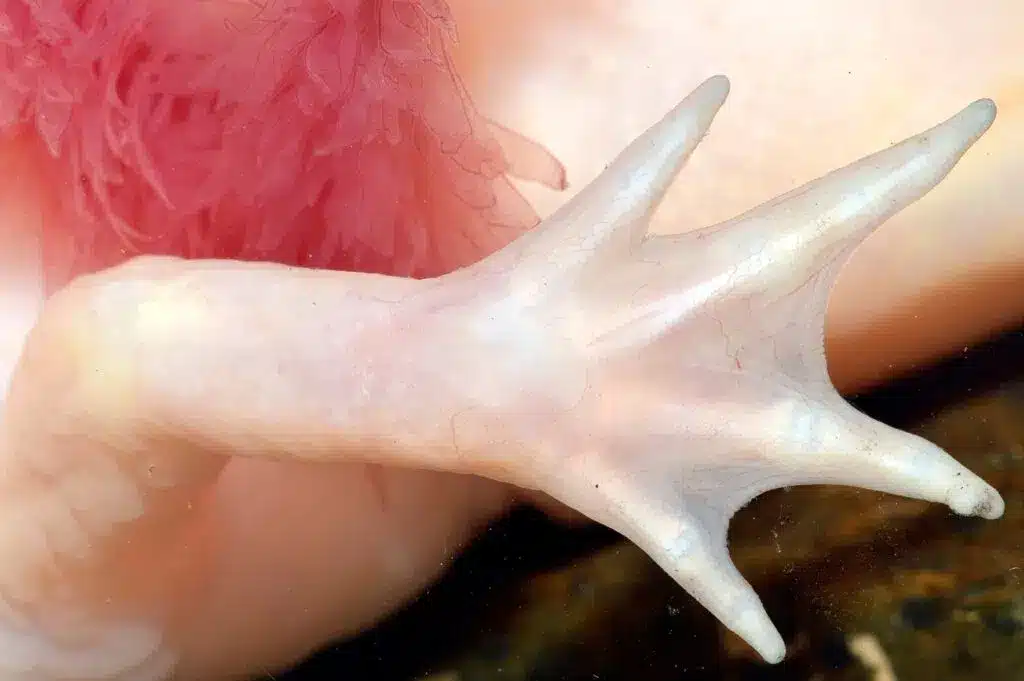How Damaged Cartilage Regenerates

How Damaged Cartilage Regenerates
© Sergio Gutierrez Getino | shutterstock.com
Osteoarthritis is a disease that damages the protective cartilage covering the ends of bones. Over time, the tissue wears down until the bones rub together during joint movement.
Osteoarthritis is the most common joint disease worldwide. It is estimated that one in four people who live in industrialised countries are affected by osteoarthritis. The likelihood of developing the disease increases with age; according to statistics, three out of four people over seventy suffer from osteoarthritis.1)
Until recently, osteoarthritis was thought to be incurable.
A healthy diet and exercise might help prevent the development of the disease. However, once osteoarthritis is diagnosed, the common thinking is that manual therapies and medication can only delay the progression of the disease.2)
More and more research is being conducted on the metabolic process of cartilage. The results are encouraging for osteoarthritis.
In 2019, Virginia B. Kraus led a research team that studied human cartilage at Duke University Hospital in Durham, North Carolina3) The tissue samples the team observed were waste from operations. The cartilage came from 18 patients between the ages of 30 and 80. The tissue samples came from the hip, knee, and ankle. Some samples were taken from healthy cartilage, and some from arthritic cartilage.
The doctors used a new technique to analyse the human cartilage. Their analysis proved that human cartilage does regenerate. Although certain conditions must be in place for the cartilage to significantly improve, the results are solid evidence that osteoarthritis doesn’t have to be considered incurable.
The 2019 study revealed that the healing processes in cartilage are controlled by microRNA molecules, a family of molecules involved in organ development.
MicroRNA molecules are also found in certain classes of fish and amphibians as well. These molecules help tissue regenerate so astonishingly well that scientists and doctors refer to them as “wonders of nature.” With the help of microRNA molecules, zebrafish, starfish, and newts can regenerate an entire body part.
The discovery of the regenerative properties of microRNA molecules has raised hopes for osteoarthritis and beyond among doctors and scientists. Medical researchers speculate that microRNA molecules may have the potential to facilitate human regeneration of entire body parts damaged by accidents or illnesses.

© Guillermo Guerao Serra | shutterstock.com
Axolotls are masters of regeneration. The healing processes also take place in human cartilage.
The Duke University research team also discovered that the activity of microRNA molecules depended on the type of joint. According to the team’s findings, ankle joint cartilage has the highest chance of healing, followed by knee joint cartilage. Hip joint cartilage has the lowest chance of healing. (As of this writing, it isn’t possible to explain why.)
The team found that the concentration of microRNA molecules was significantly higher in diseased joints compared to healthy joints. This finding is another indication that the human body has the means to heal itself from osteoarthritis.
According to the findings, the body’s regeneration ability alone isn’t enough to initiate a healing process that leads to significant cartilage reconstruction.
What has been learned so far has led to new therapeutic approaches for osteoarthritis: microRNA molecules are either introduced into a damaged joint or used to grow healthy cartilage outside the body, which is then implanted into the diseased joint.
In the future, microRNA molecules may enable the body to regenerate more than just cartilage.